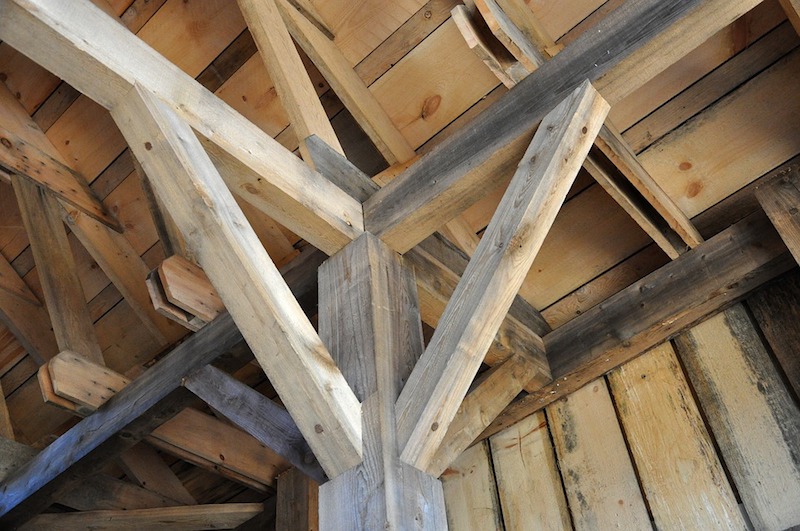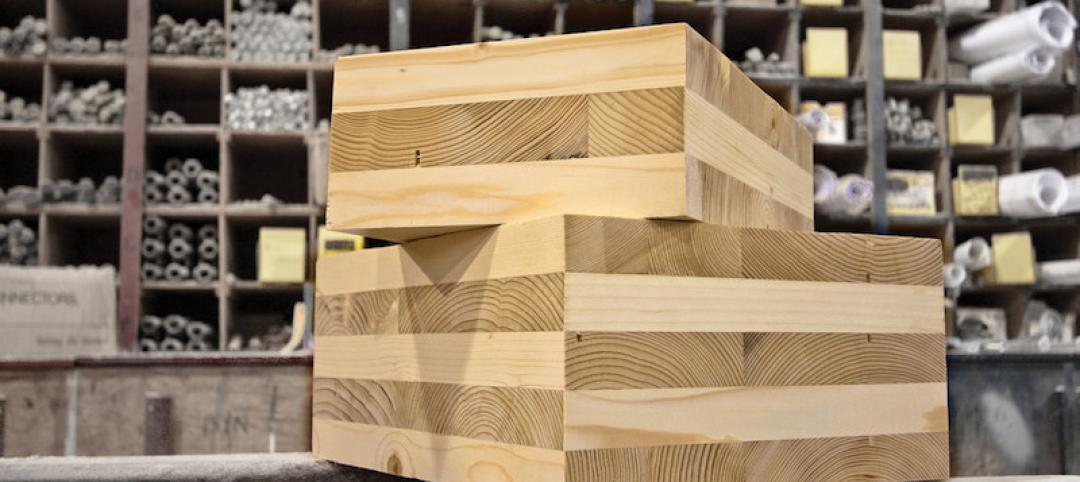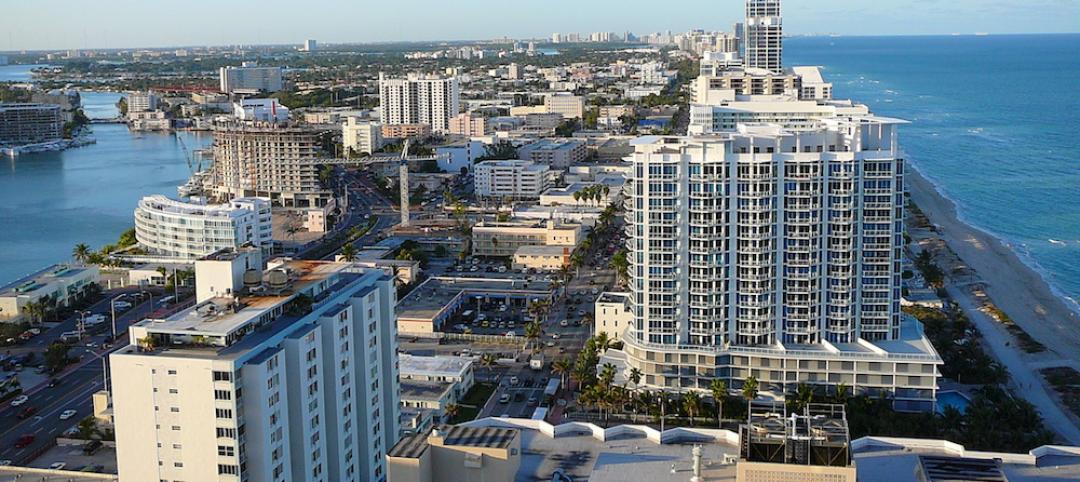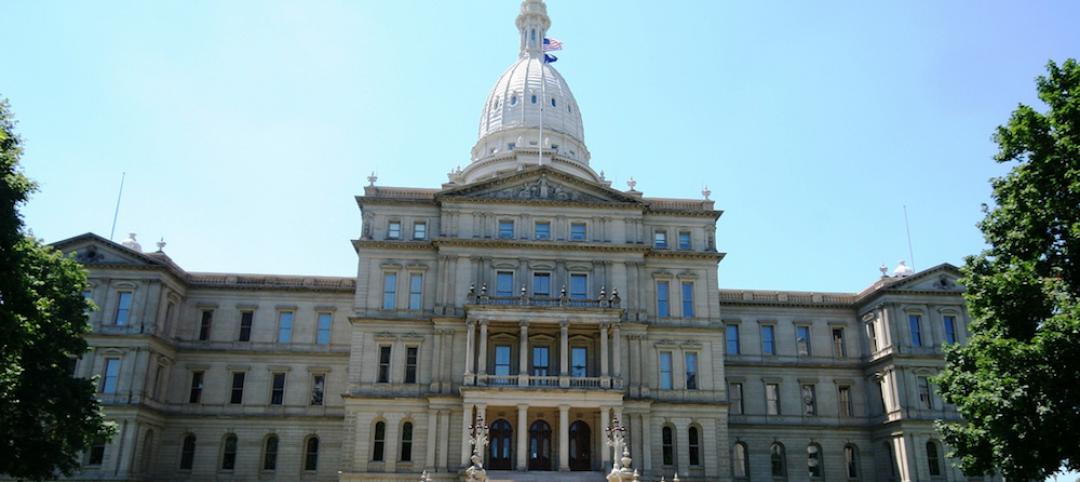Composite wood products must meet new U.S. Environmental Protection Agency (EPA) formaldehyde emissions regulations as of June 1, 2018.
Among the products impacted: particleboard, medium density fiberboard (MDF), and hardwood (decorative) plywood. Structural engineered wood products manufactured for construction applications, such as structural plywood, oriented strand board (OSB), wood I-joists, laminated veneer lumber, and glued-laminated timber, are exempt from the regulation.
Structural engineered wood products marked with the APA Mark of Quality are exempt from the regulation. In cases where unmarked structural engineered wood products from APA member mills are sold into industrial applications that do not require a certification mark, the product invoice and an APA certificate of conformance can be used to identify the product as exempt.
Certification of compliance is required to be completed by a Third Party Certifier, who will verify that the regulated composite wood product’s manufacturer is capable of complying with the emission regulation. Quarterly inspections and testing, and reviews of routine quality testing conducted at each mill are also required.
Related Stories
Regulations | Aug 8, 2016
EPA toughens rules to reduce formaldehyde exposure from composite wood products
Products will now have to be labeled as compliant to the new rules.
Regulations | Aug 5, 2016
Stop-work orders in New York City up sharply this year
The orders come after a rise in the number of deadly accidents that have occurred in the past few years.
Sustainability | Aug 4, 2016
S.F. Bay Area voters approve first-of-its-kind tax to fight impact of climate change
The funds from the tax will be used to restore wetlands
Concrete | Aug 2, 2016
Concrete Association builds case against cross-laminated timber
The campaign asserts that not enough is known about CLT in construction
Seismic Design | Jul 28, 2016
Risk of man-made earthquakes now factor in seismic hazard analysis
Significant risk increases seen in some areas of the U.S.
Resiliency | Jul 27, 2016
New York’s resilience plans not taking long-term view, critics charge
Continued waterfront development may be regretted later this century.
Green Specifications | Jul 26, 2016
New Miami Beach law requires LEED certification on projects larger than 7,000 sf
LEED Silver the prescribed standard on buildings larger than 50,000 sf.
Energy | Jul 25, 2016
Michigan law provides local governments with flexible energy conservation financing
Allows cities to fund projects without adding debt.
Contractors | Jul 15, 2016
Trade unions, contractors call for maximum penalty in construction worker death case
‘Sick and tired’ of lawbreaking contractors defining public perception.
Multifamily Housing | Jul 14, 2016
Portland, Ore., City Council approves construction excise tax for affordable housing
Expected to raise $8 million annually on commercial and residential projects.
















